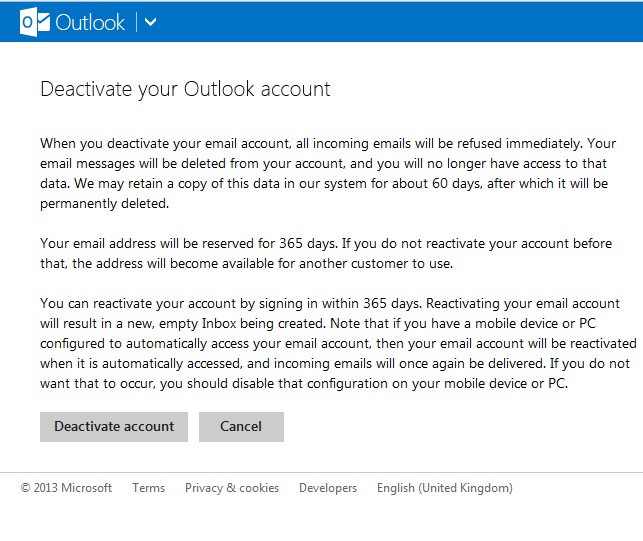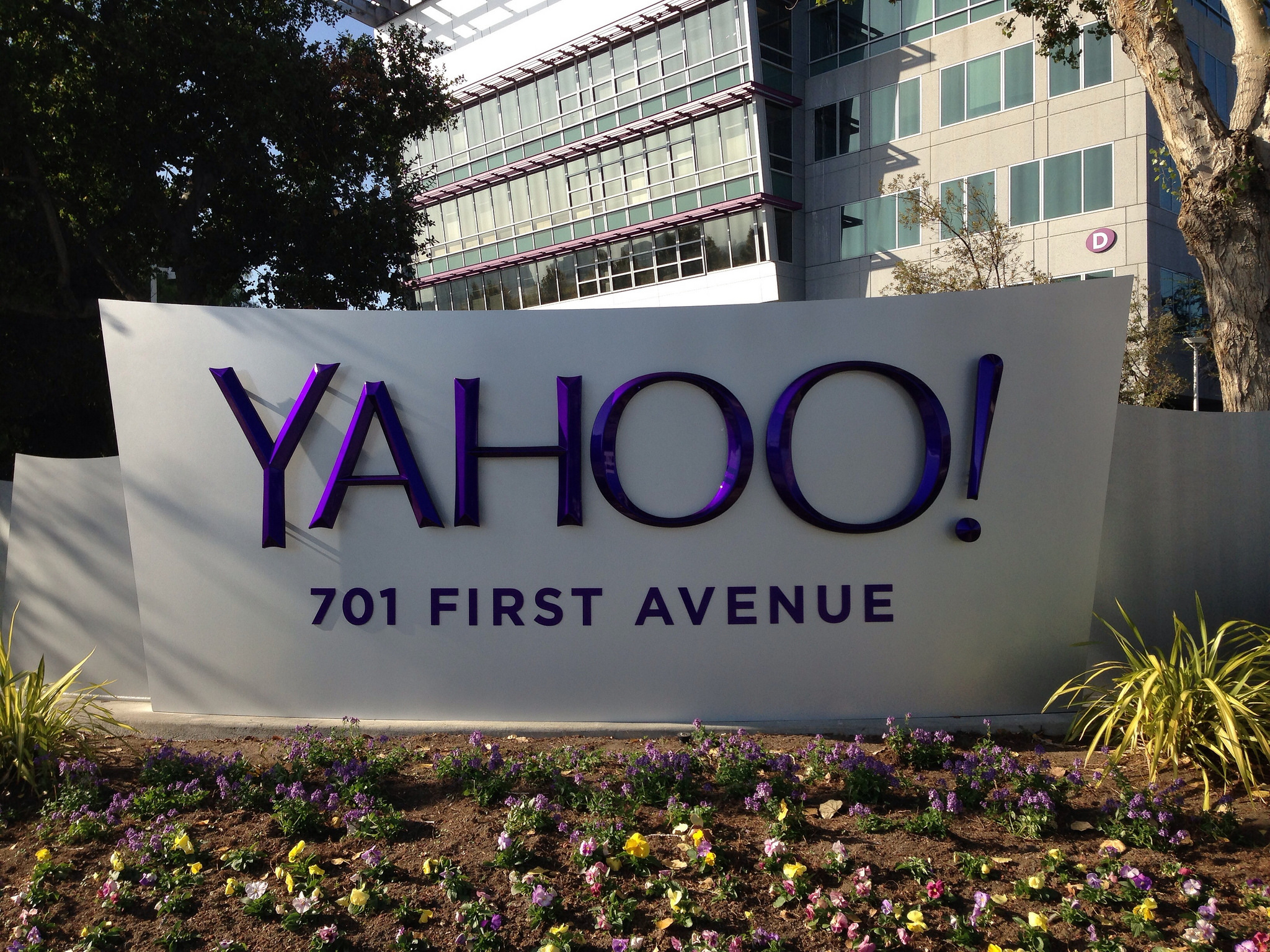How can IT leaders make the most of social media in business?
Real world organisations explain how they avoid the pitfalls of social media


An estimated 80% of social business efforts do not achieve the intended benefits, according to Gartner, due to inadequate leadership and an overemphasis on technology. So how do CIOs establish the right policies for social media use within their organisations and how can IT leaders help the rest of the business make the most of the technology?
Christian McMahon, managing director and interim CIO at transformation specialist three25, says the biggest challenge for c-suite executives is the consistent reinforcement of the corporate message across multiple social accounts, without restricting usage.
McMahon says most companies have a set of brand values and marketing-driven statements that they want to get across. He says the desire to ensure consistency in messaging helps explain why so many organisations choose to centrally manage or outsource their social media accounts to an external agency. However, the hands-off approach can have its downsides.
"Outsourcing account management can actually stifle the message and turn your social media platform into another version of a staid and monotonous corporate web site. That approach will not endear you to the target markets you are trying so desperately to reach," says McMahon, who has held CIO roles at analyst firm Ovum and liquidity specialist GoIndustry.
"In my opinion, its key that you endorse corporate guidelines, but that you also allow the rope to be let out a little amongst your employees in order to encourage spontaneity that can help energise your social message. This will separate you from the herd, reinforce your brand and even attract new customers and talent."
It is a sentiment that chimes with Neil Moore, head of ICT at Hampshire Fire and Rescue Service. He says the key to making the most of social media is to give employees the room to engage. "All of our stations have got their own Twitter accounts and so we encourage staff to be proactive," he says.
The thought of a proactive approach might raise an alarm amongst more reticent business leaders. Moore recognises some executives will occasionally find a tweet where an individual says something that has not been thought through. However, the fire service is creating big benefits through social media and these plus-points are being recognised across the organisation.
Get the ITPro daily newsletter
Sign up today and you will receive a free copy of our Future Focus 2025 report - the leading guidance on AI, cybersecurity and other IT challenges as per 700+ senior executives
"Generally speaking, we are maturing as an organisation in terms of how we use social media and the benefits of community engagement through social media hugely outweigh the concerns associated to the occasional problematic update," he says. Such is the power of collaboration that Hampshire Fire Service even runs its own internal Twitter awards ceremony.
"We have a series of categories for individuals, teams and stations," says Moore. "Our dog handlers, for example, might tweet about what they're up to. We've found that tweets about animal rescue create a huge amount of interest, particularly in the local media."
Laying the ground for success
IT departments, then, can play an important role in establishing the foundation for social success. Graham Benson, CIO at Rentalcars.com, says his team needs to understand customer requirements and help implement the right kinds of technical solutions. As a customer-focused organisation, he says the IT team will supply solutions to whatever challenges the business suggests its customers face.
"Collaboration has an increasingly important part to play in customer service, particularly in regards to engagement," he says. "There's a lot of chat about how social media can be monetised but I think customers wants to use the platform as a service and feedback outlet."
Carnegie Mellon University research suggests 72 % of online buyers actively use social media to build relationships and gather information on a company and its products. However, the research also states engagement is driven by subjects that capture the attention of the target audience. Benson suggests CIOs must work with trusted specialists to meet customer needs.
"The social strategy should be set by the marketing team and the user experience specialists," he says. "Our job, as the IT team, is to provide the technology and services that underpin that strategy. Of course, we need to have things like appropriate security levels, but ultimately the mobile strategy for our business is all about what's good for the consumer."
Tonino Ciuffini is another IT leader who says a successful approach to online collaboration is all about putting the client first. Ciuffini, who is head of information assets at Warwickshire County Council, says senior officials at his organisation understand the power of social selling.
"We use social media across the business," he says. "It's absolutely the right thing to do when it comes to keeping in touch with customers." The council press office, for example, provides regular updates, as do other council accounts, such as those associated to library and museum services.
"It's great when your organisation can use a platform to engage with citizens, to make it fun and to encourage more people to join in," says Ciuffini. "If the brand is right and the subject is right, social media will work. It's not quite as easy to create engagement around committee reports, for example."
Internal communication in the technology team is also kept from social platforms, says Ciuffini: "In most instances, face-to-face conversations and emails still predominate. We've talked about communication styles many times but our IT staff don't want to receive updates through Twitter or Google+."
Some technology chiefs, however, are exploring how social media can be used to boost customer satisfaction internally. Matt Britland, director of ICT at Lady Eleanor Holles School, has pioneered the use of Facebook in an educational setting. He uses closed private rooms with certain year groups to help facilitate discussion and information sharing.
"It's a free tool and all our students are already on the platform," says Britland. "It's about making the most of the tools that students are already using and showing them how it can be used in a way that they might not have considered."
He says the private group function in Facebook allows staff and students to create an on-going discussion forum. The opportunity to embed video and other content provides another boon in terms of collaboration.
"The students are great," says Britland. "Lots of pupils have their own groups for particular interests, both educationally and socially. We're finding that students are very proactive they're taking the tools and making their own choices."

Mark Samuels is a freelance writer specializing in business and technology. For the past two decades, he has produced extensive work on subjects such as the adoption of technology by C-suite executives.
At ITPro, Mark has provided long-form content on C-suite strategy, particularly relating to chief information officers (CIOs), as well as digital transformation case studies, and explainers on cloud computing architecture.
Mark has written for publications including Computing, The Guardian, ZDNet, TechRepublic, Times Higher Education, and CIONET.
Before his career in journalism, Mark achieved a BA in geography and MSc in World Space Economy at the University of Birmingham, as well as a PhD in economic geography at the University of Sheffield.
-
 Bigger salaries, more burnout: Is the CISO role in crisis?
Bigger salaries, more burnout: Is the CISO role in crisis?In-depth CISOs are more stressed than ever before – but why is this and what can be done?
By Kate O'Flaherty Published
-
 Cheap cyber crime kits can be bought on the dark web for less than $25
Cheap cyber crime kits can be bought on the dark web for less than $25News Research from NordVPN shows phishing kits are now widely available on the dark web and via messaging apps like Telegram, and are often selling for less than $25.
By Emma Woollacott Published
-
 The IT Pro Podcast: Why is email still a thing?
The IT Pro Podcast: Why is email still a thing?IT Pro Podcast Despite a proliferation of newer collaboration platforms, email stubbornly refuses to go away
By IT Pro Published
-
 Google targets phishing with full BIMI email logo authentication support
Google targets phishing with full BIMI email logo authentication supportNews Gmail will tie logos to DMARC authentication
By Danny Bradbury Published
-
 The most secure email services of 2023
The most secure email services of 2023Best Email is not secure by design, but these email providers allow you to send emails with top-level security
By Rene Millman Last updated
-

 SafeSend Email Security for Outlook review: A great solution for security-conscious SMBs
SafeSend Email Security for Outlook review: A great solution for security-conscious SMBsReviews An invaluable last line of defence against Outlook email disasters that’s easy to deploy and manage
By Dave Mitchell Published
-
 White House launches official investigation into use of personal email accounts
White House launches official investigation into use of personal email accountsNews Senate Intelligence Committee rebukes Kushner for omitting private account
By Adam Shepherd Published
-
 I don’t like Outlook.com. Where can I complain?
I don’t like Outlook.com. Where can I complain?Tutorials I don’t like Outlook.com. Where can I complain?
By Caroline Donnelly Published
-
 I’m switching to Gmail. How do I close down my Outlook account?
I’m switching to Gmail. How do I close down my Outlook account?Tutorials Microsoft has made it relatively easy to deactivate Outlook.com accounts. Find out how with our easy guide.
By Caroline Donnelly Published
-
 Yahoo restricts email access for ad blocker users
Yahoo restricts email access for ad blocker usersNews The company made the move in support of advertisers as an experiment
By Clare Hopping Published